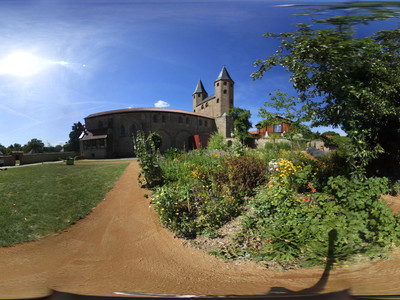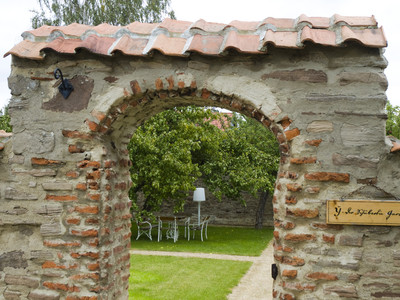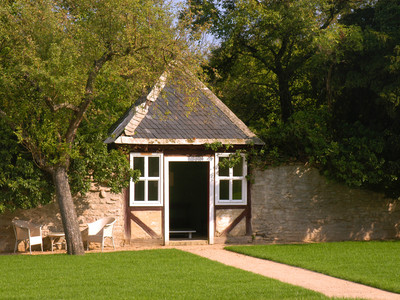In the Benedictine monastery of Drübeck, traces of the most important garden forms of the Middle Ages can be found: medicinal herb garden, vegetable garden and tree and fruit garden.
The early monastery gardens provided inspiration for garden design throughout Europe. It was above all the Benedictines who, in accordance with the rules of their order, created the foundations of horticulture through spiritual and physical labor.
The Benedictine monastery in Drübeck also has traces of the most important garden forms of the Middle Ages: medicinal herb garden, vegetable garden, tree garden and orchard. After the monastery became the property of the Counts of Stolberg-Wernigerode, the grounds underwent remarkable changes: Five separate garden rooms with prayer houses were created for the nuns, the abbess was given a large garden behind the cathedral buildings and around 1730, the imposing courtyard lime tree was planted. In the proverbial "garden dream" of Drübeck Abbey, every guest can find their own piece of paradise in the rose garden, the abbey café, the orchard or another charming spot.


